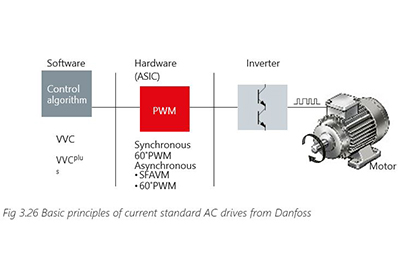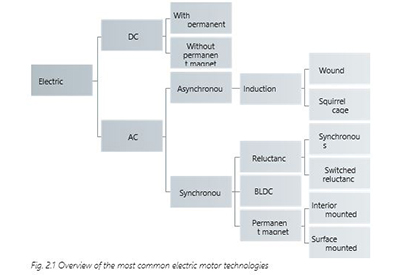Facts Worth Knowing about AC Drives – Electromagnetic Compatibility Sections 6.5 – 6.7
Variable speed drives, due to their operating principle, produce a series of unwanted secondary effects, such as: motor winding isolation stress, bearing stress, acoustic switching noise in the motor and electromagnetic interference. In most applications these effects are at an acceptable level – but in some cases these effects need to be mitigated.








